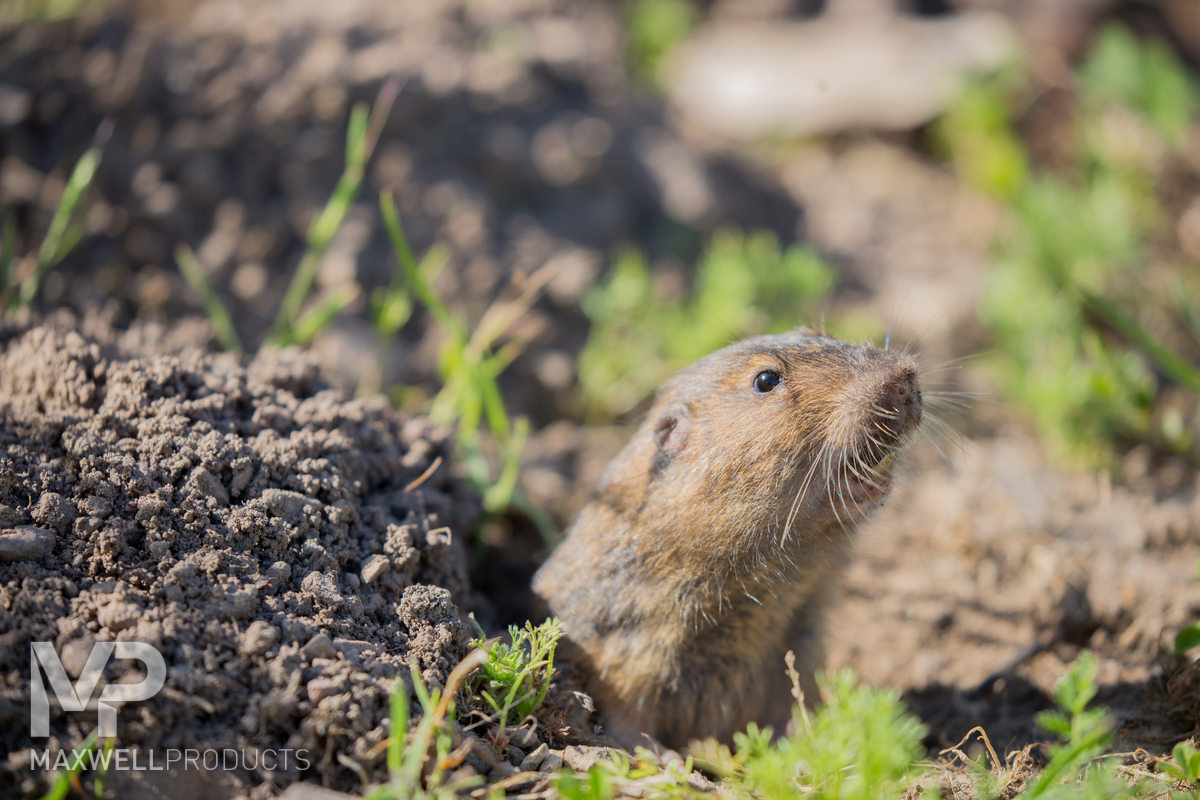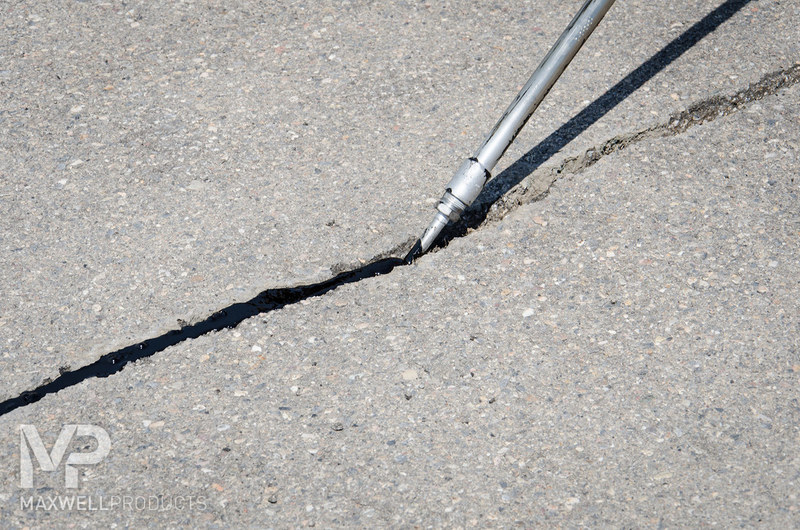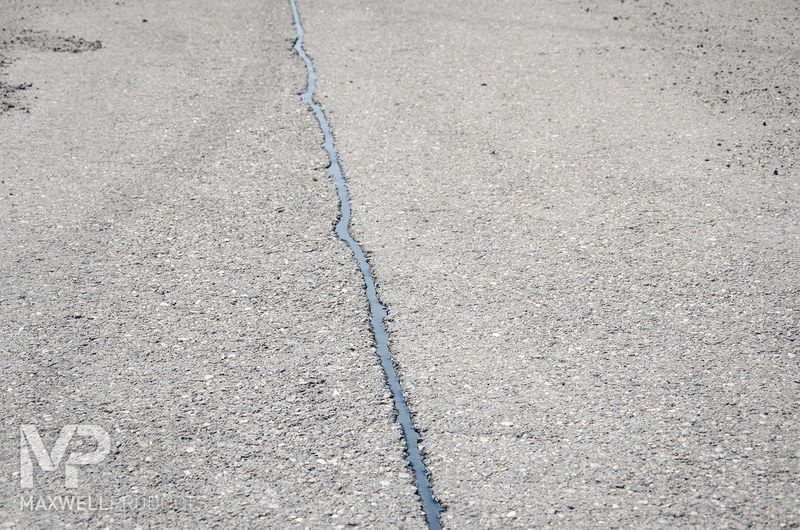“Westley, what about the ROUSes?” Buttercup asked.
“Rodents of Unusual Size? I don’t think they exist,” the black-clad young man replied calmly.
Yes, that’s a portion of the now famous Fire Swamp scene from William Goldman’s The Princess Bride. But what in the world does it have to do with pavement or pavement preservation products? Ahhhhh, an excellent question.
Everyone knows that in the following moments, Westley is attacked by what actually do exist in the story as large, lumbering, and aggressive rodents. But, it appears, ROUSes don’t exist only in children’s fiction. In fact, some have been known to cause some rather interesting pavement distress. (No, seriously.)
Minnesota loves them so much, they nicknamed their flagship state university’s sports teams after them. We’re talking about the seemingly mild-mannered pocket gopher (so named because of the large pockets inside their mouths for transporting food to their burrows). Over 35 species of burrowing rodents of the Gymnidae family (gopher) call Central and North America their home. As pocket gophers are herbivores, existing on roots and tubers, they live almost entirely underground and spend most of their lives in elaborate tunnel systems. According to Texas A&M Agrilife Extension Service - Wildlife Services, “Their presence in an area is indicated by the characteristic mounds they create. A single gopher may have a burrow system that extends as much as 800 feet, covers an acre of ground, and ranges from a few inches to several feet deep.”
While the size of the average pocket gopher, six to 13 inches, roughly that of a large hotdog bun, may not be terrifically unusual, these rodents can be quite aggressive burrowers. You see, as man continues building and expanding, the gopher, well, simply goes underground. That may mean under a road or two, and that, in some cases, can cause a very unusual type of pavement cupping.
In 2010, Montana State University prepared a research study for the Montana Department of Transportation entitled Assessment of Burrowing Mammal Impacts on Paved Highways in Montana. The author’s surveyed Montana Department of Transportation (MDT) personnel, and 57 percent of respondents indicated they’d observed roadway damage caused by burrowing mammals. The study concluded that, while not widespread, “there are localized cases where burrowing mammal activities do appear to contribute to pavement deterioration.” The study’s authors, hailing from the university’s Western Transportation Institute in the College of Engineering, recommended that the state attempt to mitigate the impact of burrowing mammals where such chronic activity contributes to pavement distress of both surface materials and support layers. One of the pesky burrowing mammals mentioned in the study? That’s right, our friend the pocket gopher.
These diligent, hard-working animals are particularly active under the roads near Mullen, Nebraska. Gophers tunnel under the surface, removing the supporting base material and causing the pavement to collapse.
“Most of the cracks that have developed there came about through normal thermal cracking, then water infiltration, which washed away part of the base and sub-base,” said Mike Guymon, materials engineer at Maxwell Products, Inc. “Thus every 20 feet or so, there is a dip in the road. The thing that is different in this area is that the cracks and dips do not always go straight across the road, but wander in random patterns under the pavement surface. We brought this up to a local airport manager. He then led us to a place where there were unusually large piles of road base on the side of the runway. [Ironically, gopher tunnels are referred to as runways.] Apparently, gophers like the warmth under the asphalt pavement, and, to the chagrin of the road maintenance crews, had been industriously removing the road base out from under the asphalt pavement. Based on our observations, we concluded that these gophers must be Rodents of Unusual Size (and ambition).”
Repairing such roadway damage, however, comes with its own challenges. Proper compaction is difficult when cutting, removing, and replacing narrow strips of pavement, and the process regularly leaves recessed or overfilled repairs with saw cuts (cracks) on both sides. Removing a wider section of pavement can help alleviate this issue, but presents a more costly, time-consuming process. Furthermore, the Montana study noted that spot repairs were effective only about half of the time.
GAP-Mastic from Maxwell Products is a more durable and substantial repair solution than traditional crack sealants or cold-mix products, as it combines the flexibility of state-of-the-art, polymer-modified, thermoplastic asphalt binders with high-strength, engineered aggregate for optimal durability and load-bearing capacity. A versatile pavement maintenance solution, GAP-Mastic can be applied to wide cracks, cupping, depressions, fatigue cracking (alligatored areas), small voids and potholes, and open seams. Ultimately, whether the damage is caused by the local ROUSes, water infiltration, or other geothermal forces, you can upgrade your pavement quickly, economically, and permanently with GAP-Mastic.
Click here for more information about this versatile pavement preservation product or, to order some material, contact our friendly, helpful sales staff. We’d love to help you with your pavement maintenance needs and tell you more about our amazing GAP-Mastic!






